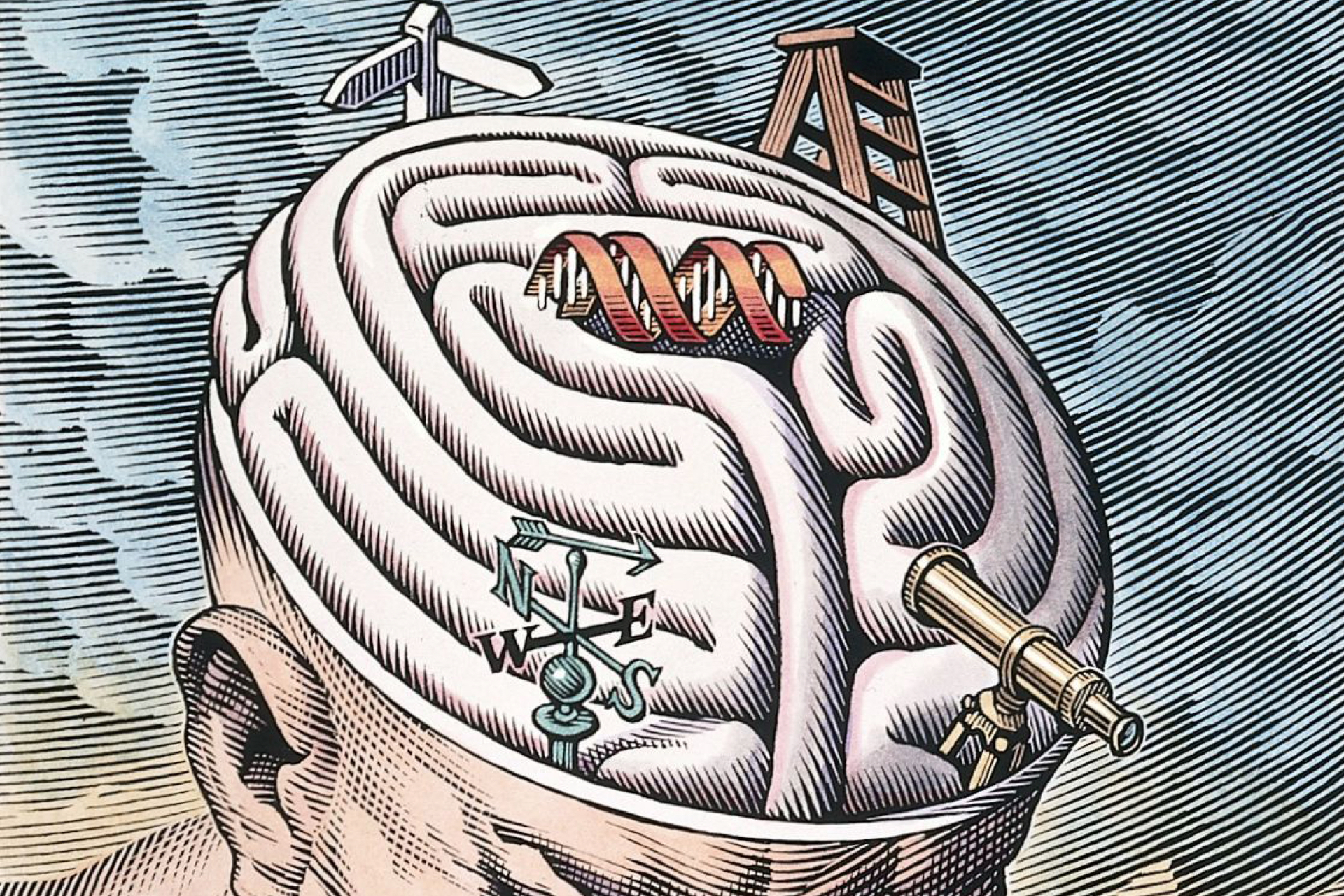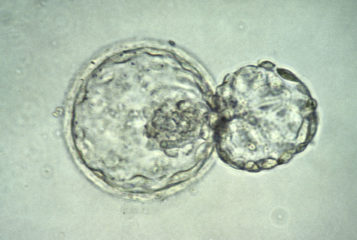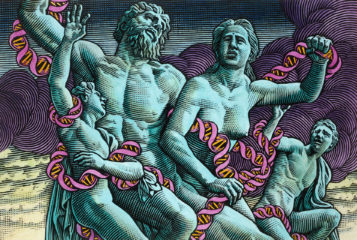Chinese scientists have announced the successful cloning of monkeys using the same method that produced Dolly the Sheep over 20 years ago.
The two macaque monkeys, named Zhong Zhong and Hua Hua after the Mandarin words for the Chinese nation and people, were born after the researchers used an updated version of SCNT (somatic cell nuclear transfer), where DNA from the cell to be cloned is inserted into an egg cell with no DNA.
The team from the Chinese Academy of Sciences, Shanghai, China used improved microscopy techniques in addition to chemically treating the DNA to overcome the hurdles experienced by other groups trying to clone monkeys using SCNT, publishing their results in Cell. Zhong Zhong and Hua Hua are not the first monkeys to be cloned, however. Tetra was born in 1999 as a result of a different cloning technique called embryo splitting (see BioNews 041).
Unlike Dolly, who was the first animal to be cloned from an adult cell, Zhong Zhong and Hua Hua were cloned from fetal cells, which are considered to be easier to clone than adult cells. The team did conduct cloning experiments using adult monkey cells, resulting in the births of another two monkeys. However, both died within hours of birth from developmental and breathing problems.
The new study has reignited concerns about the possibility of human cloning, as monkeys are closely related to humans. However, the ethical, regulatory and technical barriers are still likely to prevent this from happening.
'The work in this paper is not a stepping-stone to establishing methods for obtaining live born human clones,' said Professor Robin Lovell-Badge at the Francis Crick Institute in London. 'This clearly remains a very foolish thing to attempt, it would be far too inefficient, far too unsafe, and it is also pointless. Clones may be genetically identical, but we are far from only being a product of our genes.'
The researchers hope that this new version of SCNT can be combined with genome editing to produce improved primate models for diseases such as Parkinson's and Alzheimer's. The natural genetic variation between different animals can make it difficult for researchers to determine how effective a particular treatment is. As Professor Terry Sejnowski, from the Salk Institute for Biological Studies in La Jolla, California, explained to Nature News: 'Working with cloned animals greatly reduces the variability of the genetic background, so fewer animals are needed.'
The Shanghai team expect more cloned monkeys to be born within the next few months and hope to have genetically edited cloned monkeys in a year's time.








Leave a Reply
You must be logged in to post a comment.